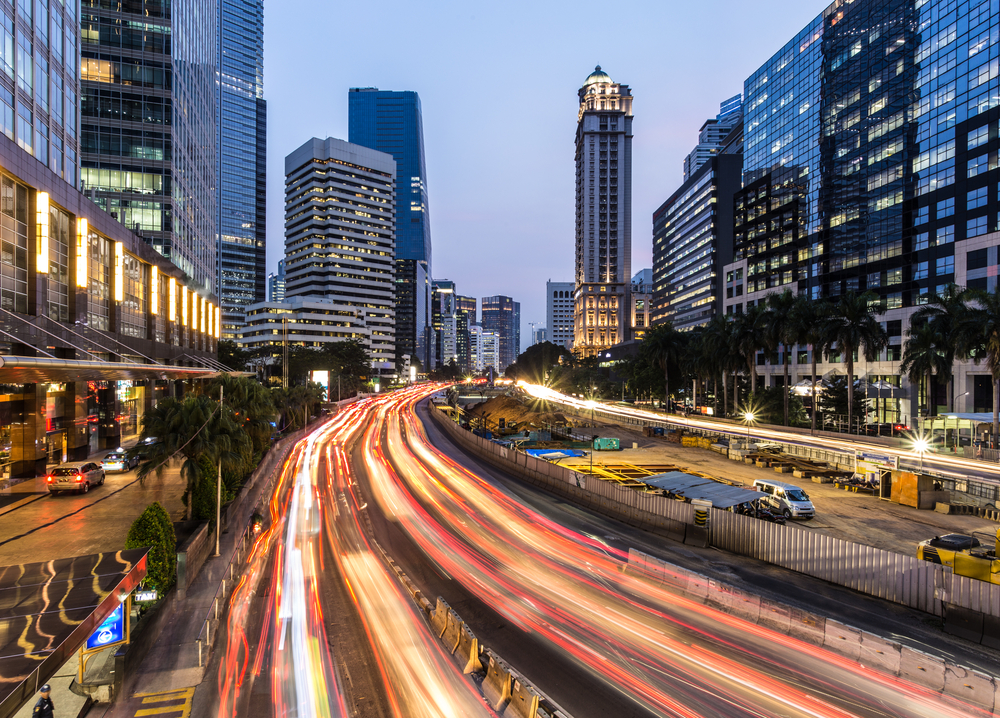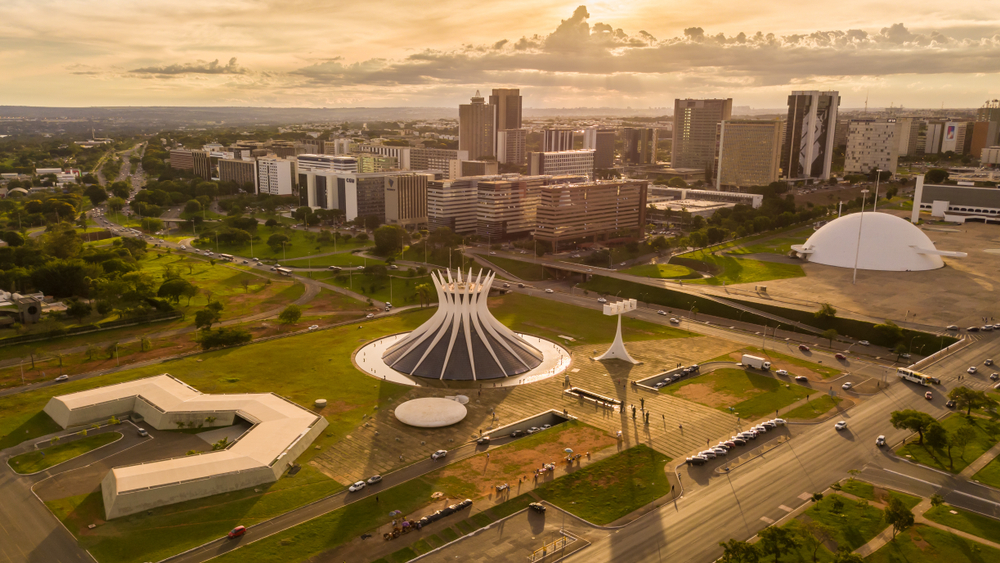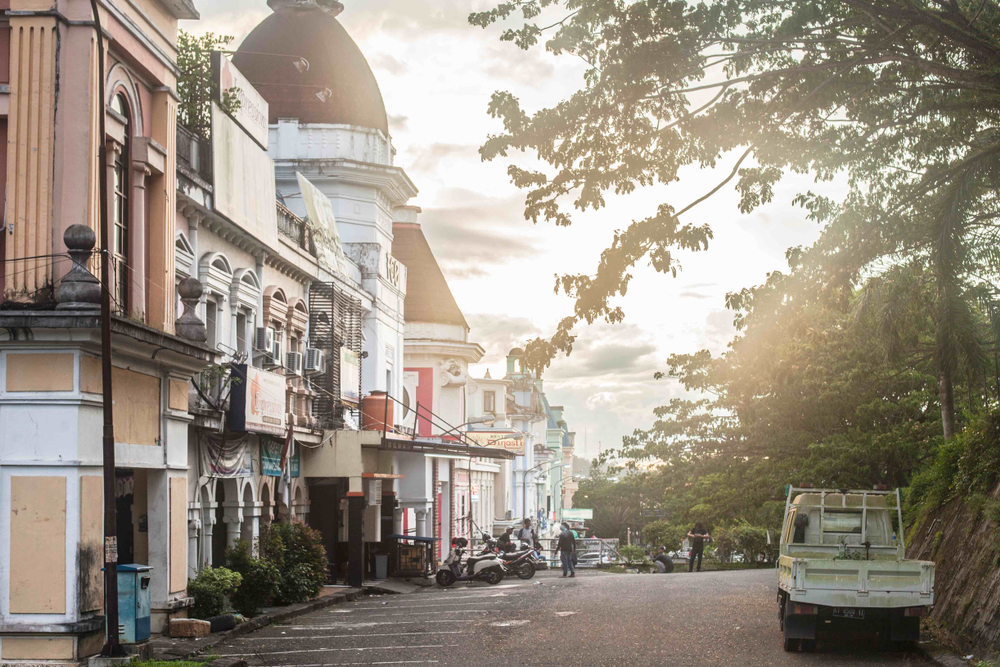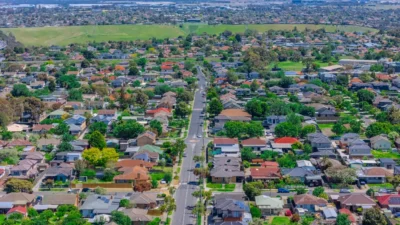Year in review: the quest for a new national capital
As Asia’s collection of overstocked urban areas continue to expand, governments around the region are increasingly open to the idea of locating their national capitals elsewhere

There had been rumours about the Indonesian government moving out of Jakarta as far back as 2010. But when President Joko Widodo formally proposed the idea in September, it still sent shockwaves through the Asian property market and the world at large. All of the government’s functions, headquarters and personnel would move to the the province of East Kalimantan on Borneo, a space roughly four times the size of Java.
The move was among the most radical solutions to growing concerns of rapid urbanisation that many cities face throughout Asia. Countless “megalopolises” throughout the region, like Beijing, Manila and Bangkok, are feeling the squeeze of poor infrastructure management, short-sighted city planning and housing control as they continue to soak up millions of migrants from their surrounding rural areas.
Jakarta is one of the region’s worst cases. Originally built on swamplands, the city is rapidly sinking into the ground and gets rocked by deadly floods on a yearly basis. Even with the addition of a long-overdue metro system this past March, the city’s traffic congestion remains legendary. Its air is among the most polluted in the world—on really bad days, worse than notorious smog pits like Beijing, Dubai and New Delhi.
The government’s solution: get out.
“Countries who move their capitals to smaller cities tend to have more balanced urban systems, and, as a corollary, more even economic development”
The act of moving a capital city is almost by default the biggest property moment of the year anywhere it happens. It’s been a rare occurrence in the past, but in recent years governments across Asia-Pacific—both provincial and national—have flirted with the idea of moving government headquarters to help create new economic hubs, avoid disaster-prone areas, fight pollution, or just simply start over.
“Countries that move their capitals to smaller cities tend to have more balanced urban systems, and, as a corollary, more even economic development,” writes Kerwin Datu for the Global Urbanist, a news and analytics website covering global cities. “Australia, Brazil, Canada, West Germany before reunification, and the US exemplify this pattern.
”Jokowi’s announcement this past September was precedent-setting for the country in an entirely different way as well. The move to East Kalimantan—to a government-owned site between two major cities Samarinda and Balikpapan—comes with hefty development ambitions to build an entirely new city from the ground up.
“I would not be surprised that it will take decades before we see a working city at play,” says Bernardus Djonoputro, country head of the Infrastructure & Capital Projects at Deloitte Indonesia. “Not to mention, Indonesia has zero past experience in planning and developing a new city from scratch, making it even a harder challenge for the government to come up with a smooth ride in developing this new city.”
The USD33 billion project will pool state funds, private investment and public-private partnerships, with construction starting as early as 2021. If all goes well, the entire operation will be shipped to East Kalimantan by 2024. Djonoputro says the motivations for moving the capital are largely political, shifting the gravity of the country’s geopolitics to a more centralised location.
“It is a tough political quest and the economic returns are not as great as the political one,” says Djonoputro. He foresees: “There will be some consolidations of lands in Jakarta as a result of the move. The making of Jakarta as a supercity will continue as it becomes an even stronger business capital.”

Moving the government from Jakarta to Borneo is an extreme solution to the woes of modern-day mega cities. Examples of this rare measure include Brazil moving its capital from Rio de Janeiro to Brasilia in 1960 because of similar urbanisation concerns. In Asia, Yangon was succeeded as the capital of Myanmar by the largely purpose-built Naypyidaw in 2006.
Problems of overpopulation, pollution, poor infrastructure and inequality are issues across Asia-Pacific, however, and are forcing many countries to look at similarly extreme measures.
In Shanghai, out-of-control population growth has led the government to start relocating residents in the city’s historic Laoximen district as it prepares to demolish large swathes of buildings to make way for “upgrades” it hopes will keep pace with runaway growth.
In Beijing, similar demolitions took place in 2018 after fires raged through densely packed apartments inhabited by migrant workers chasing dreams of better lives. China’s State Council has referred to Beijing and Shanghai’s urbanisation problems as “big city disease.”
“The country’s cities have grown too big, too quickly,” writes Helen Gao, a policy analyst for The New York Times. “Their metamorphosis from drab factory towns into dizzying metropolises in just a few decades has been propelled by a crude mixture of political and economic objectives, resulting in a wrecked environment, gaping inequality and broken family ties.”

In the Philippines, the case of Metro Manila is strikingly similar to Jakarta. Manila’s air quality is also among some of the worst in the world, as are its traffic and infrastructure problems.
Filipino President Rodrigo Duterte has also publicly flirted with the idea of moving the country’s capital outside Manila for the same reasons as the Indonesian government.
Those talks point towards New Clark City, a planned community in Tarlac province that broke ground in 2016. The city’s design is a direct response to the issues facing Manila. Only about 37 percent of the city’s land will be used for residential and commercial buildings, with the rest preserved for green spaces and walkable areas. It will incorporate a vast network of smart city technology. In many ways, it incapsulates the dream of Asia’s future green cities—clean, open and liveable spaces virtually unrecognisable from contemporary urban spaces.
New capitals aren’t the be-all-end-all solution for rapid urbanisation problems. In 2015 at the London School of Economics Urban Age Conference in New Delhi, leading thinkers proposed breaking up governments instead of moving them—giving more autonomy to municipalities to help them curb district-specific problems related to urbanisation.
More: Sink or swim: Keeping Jakarta and Bangkok afloat
There’s nearly half a billion people living in India’s urban areas, according to the World Bank. In Ulaanbaatar, the capital of Mongolia, officials have partnered with NGOs from Indonesia to map out unplanned, peri-urban areas that contribute to exponential urban sprawl.
Thailand has also committed significant resources to developing infrastructure in its Greater Mekong sub-region in the coming years in preparation of a looming urban boom.
Urbanisation has been a hot button topic in Asia-Pacific for years, but 2019 marks a tipping point in the regional debates regarding the future of their economic and cultural hubs. This year, for the first time in history, Asia-Pacific is majority urban. There are 2.3 billion residents living in urban zones, with another 1.3 billion on the way by 2050, according to statistics released at The Seventh Asia-Pacific Urban Forum (APUF-7) in Malaysia this past October.
“A city should not just happen anymore. Every block, every building and neighbourhood requires careful planning,” says Armida Salsiah Alisjahbana, the United Nations under secretary-general. “Cities can play a major role in supporting a more sustainable and inclusive future in our region. Yet, this depends on decisive action in cities and urban centres right across Asia and the Pacific.”
This article is the last in a five-part series. It originally appeared in Issue No. 157 of PropertyGuru Property Report Magazine. Read the first, second, third, fourth parts here
Recommended
Inside Asia’s luxury resort residences that are redefining high-end living
Asia’s resort residence market is witnessing a shift as investors eye larger, multifunctional units
How joining BRICS could give Thailand and Malaysia a new economic edge
Thailand and Malaysia are eyeing membership in the bloc of emerging nations
How Modi’s real estate reforms are transforming India’s housing market – and what’s next
A coalition led by the strongman prime minister Narendra Modi is looking to consolidate gains in the property market
Why Japan’s new interest rates might spark a transformation in Niseko’s property market
A new era for Niseko’s wintry property market dawns with the sunset of Japan’s negative rates regime








